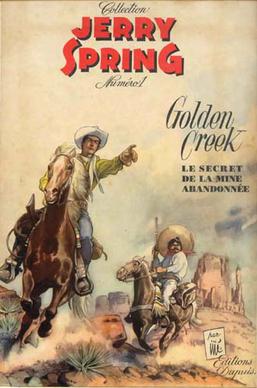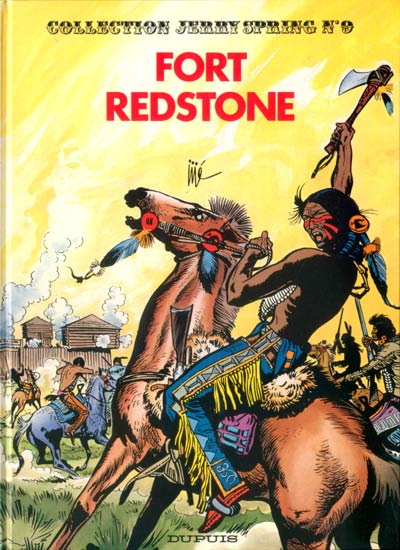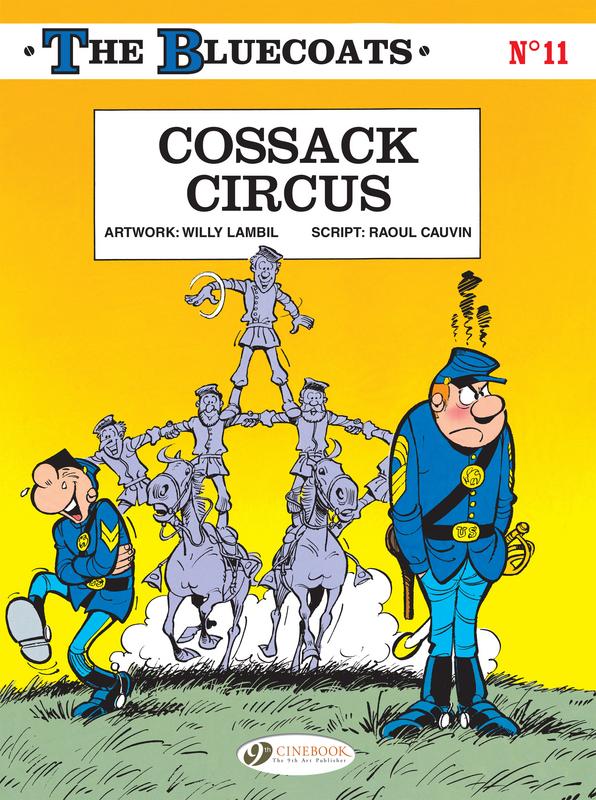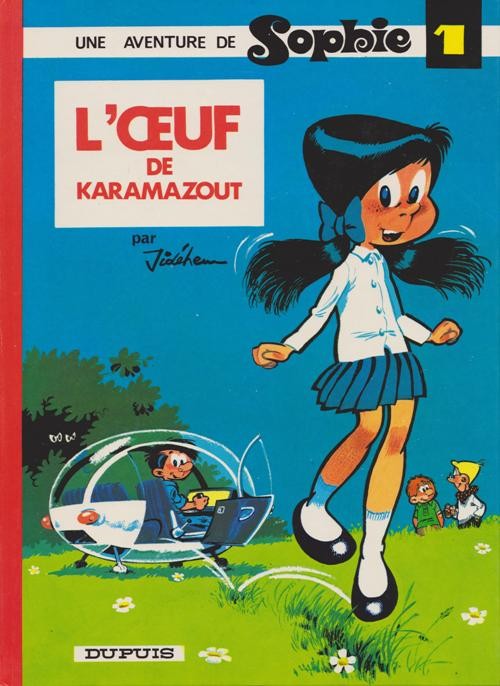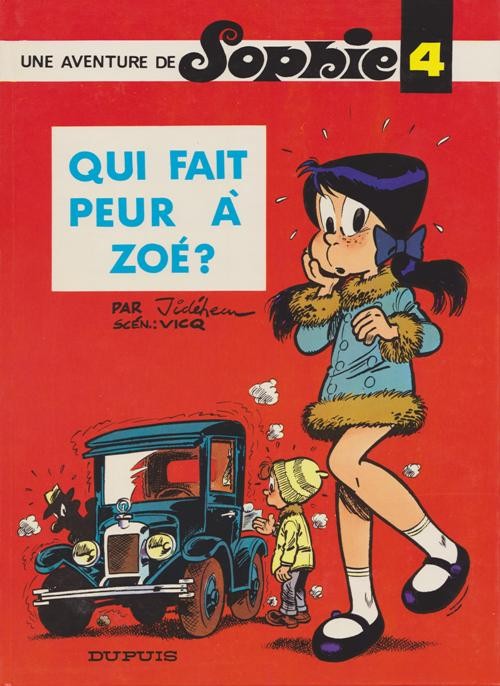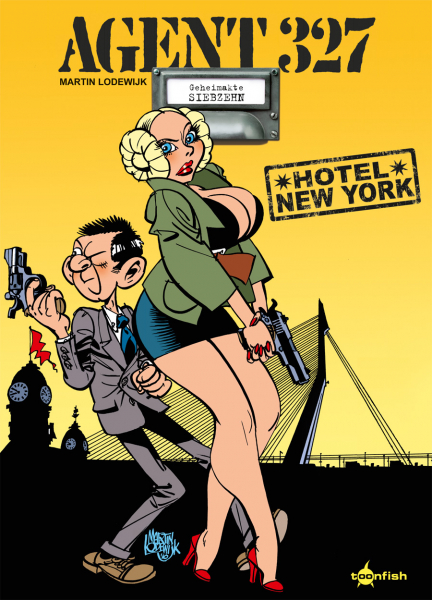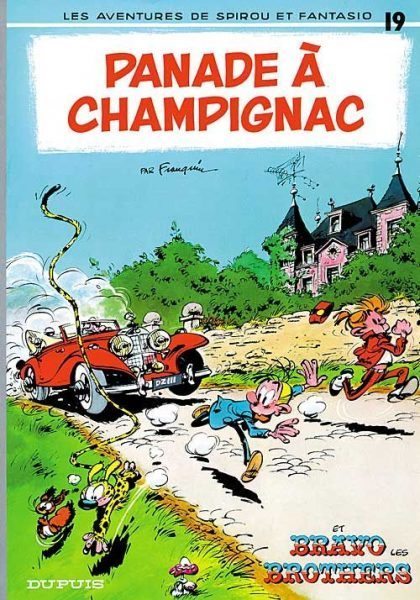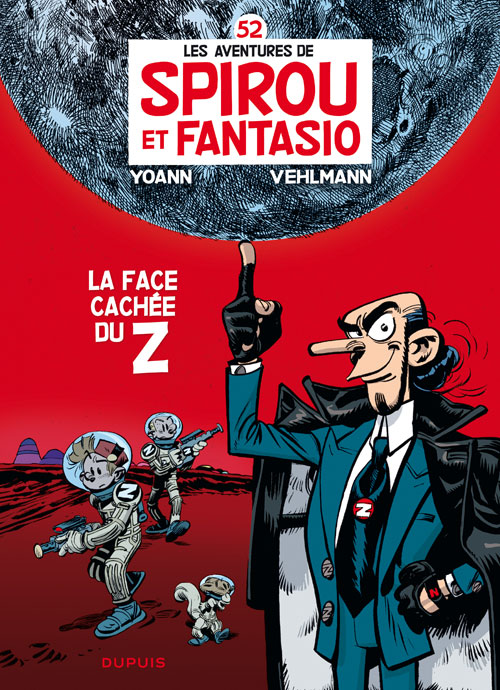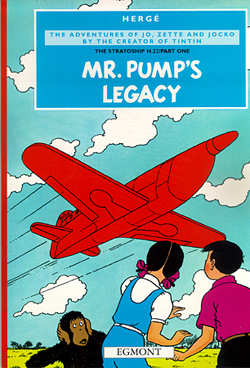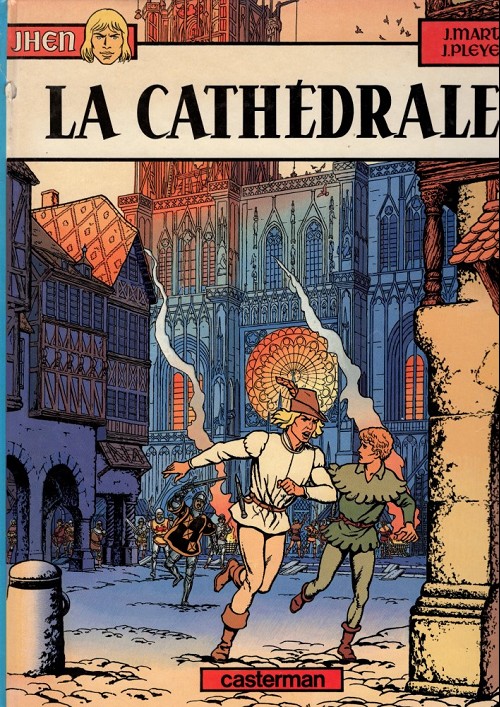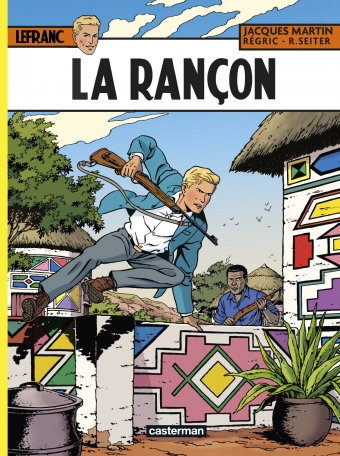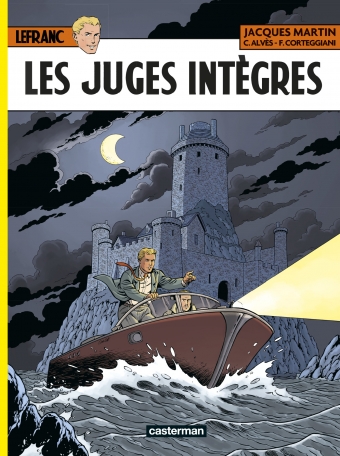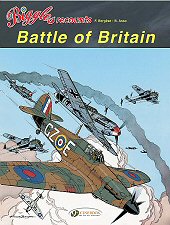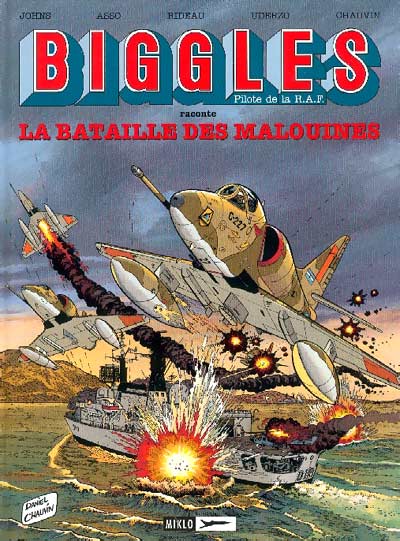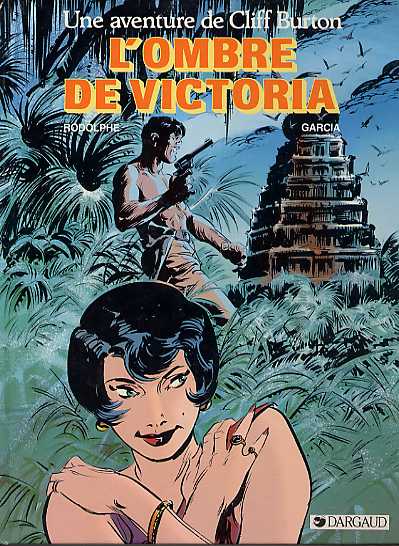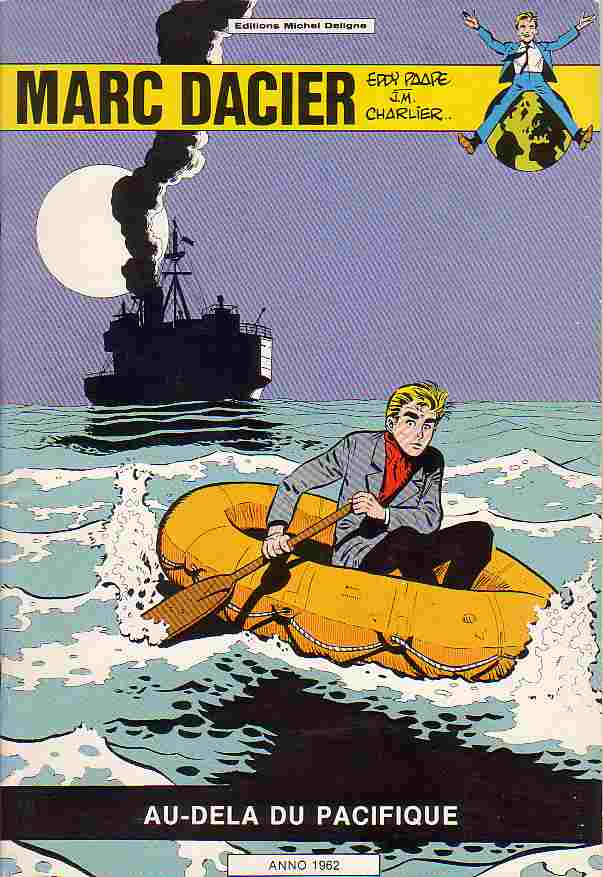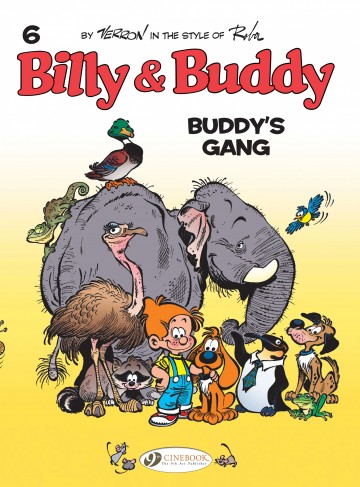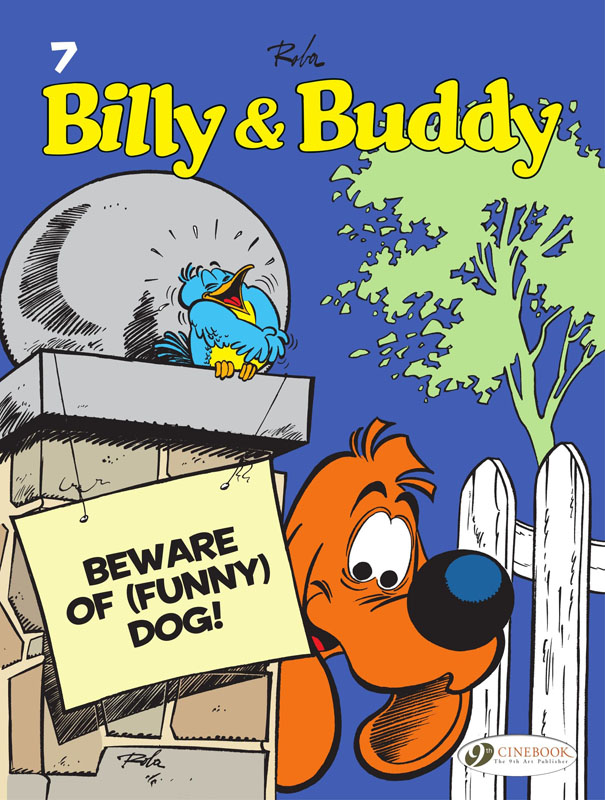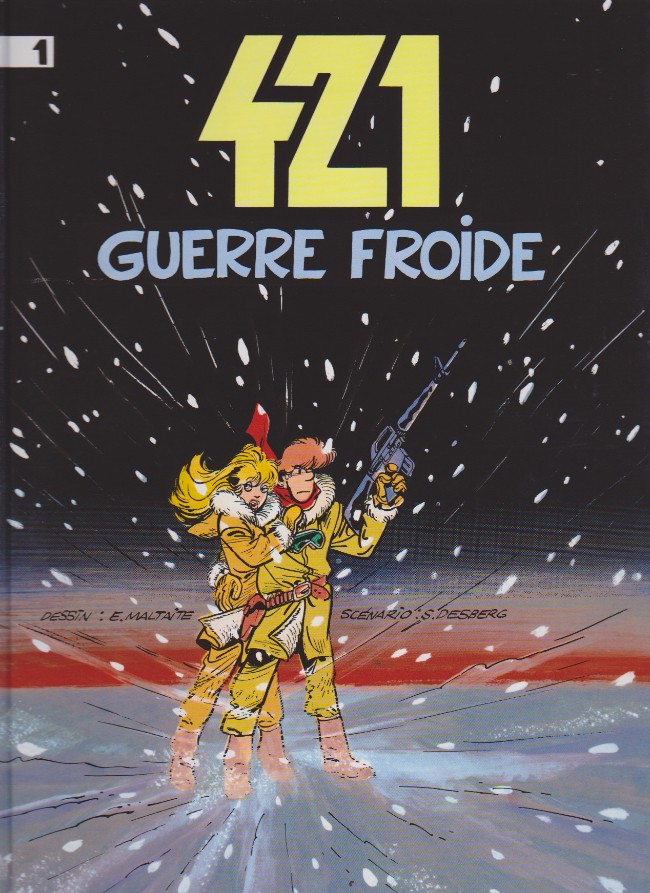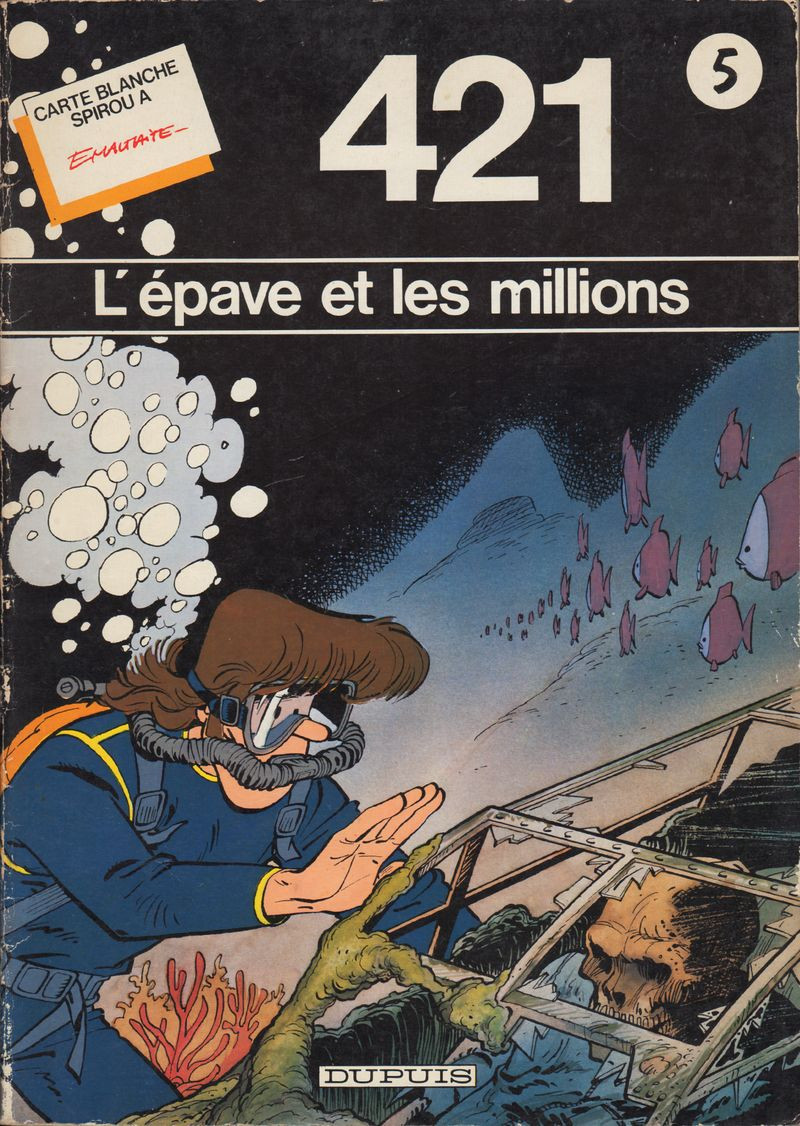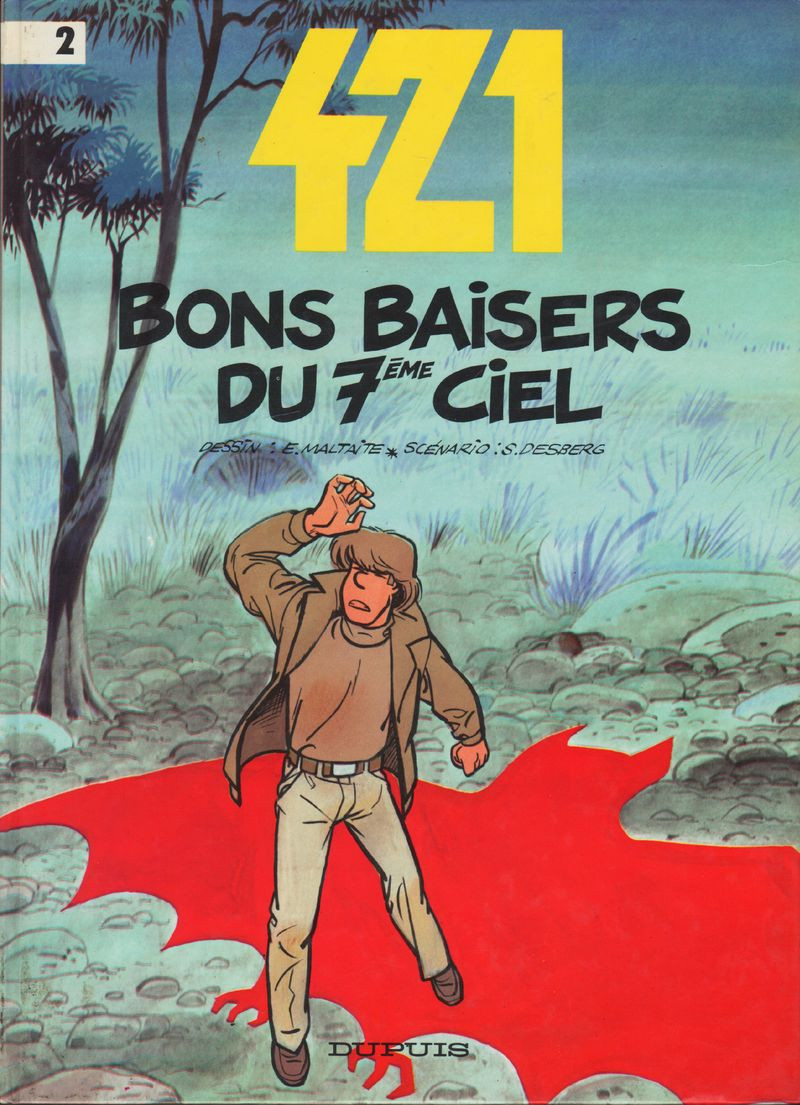Jerry Spring is a Franco-Belgian Western comics series created by the Belgian comics creator Jijé. Originally published in Spirou magazine, the series made its debut on March 4, 1954. It depicts a Jerry Spring cowboy who solves problems in the American West. The scenario will be successively provided by Maurice Rosy, René Goscinny, John Acquaviva, Jacques Lob, Dubois, Philip, Jean Giraud and Festin. After the death of Jijé, the design will be provided by Franz time to a story.
The series is set in the era of the American Wild West. It depicts Jerry Spring, a cowboy humanist who does not hesitate to side with the most oppressed like the Indians or Blacks. Jerry Spring, the story of the hero. It has a horse red named Ruby and does not hesitate to pay in person to defend the oppressed. Pancho, a Mexican, Jerry Spring meeting from his earliest adventures, will become once his most faithful companion. He loves naps and tequila. The series will influence most of comic western as Blueberry of Jean Giraud, the latter will attend Jijé on the occasion of the album no.11, but Buddy Longway of Derib and Comanche of Hermann and Greg.
